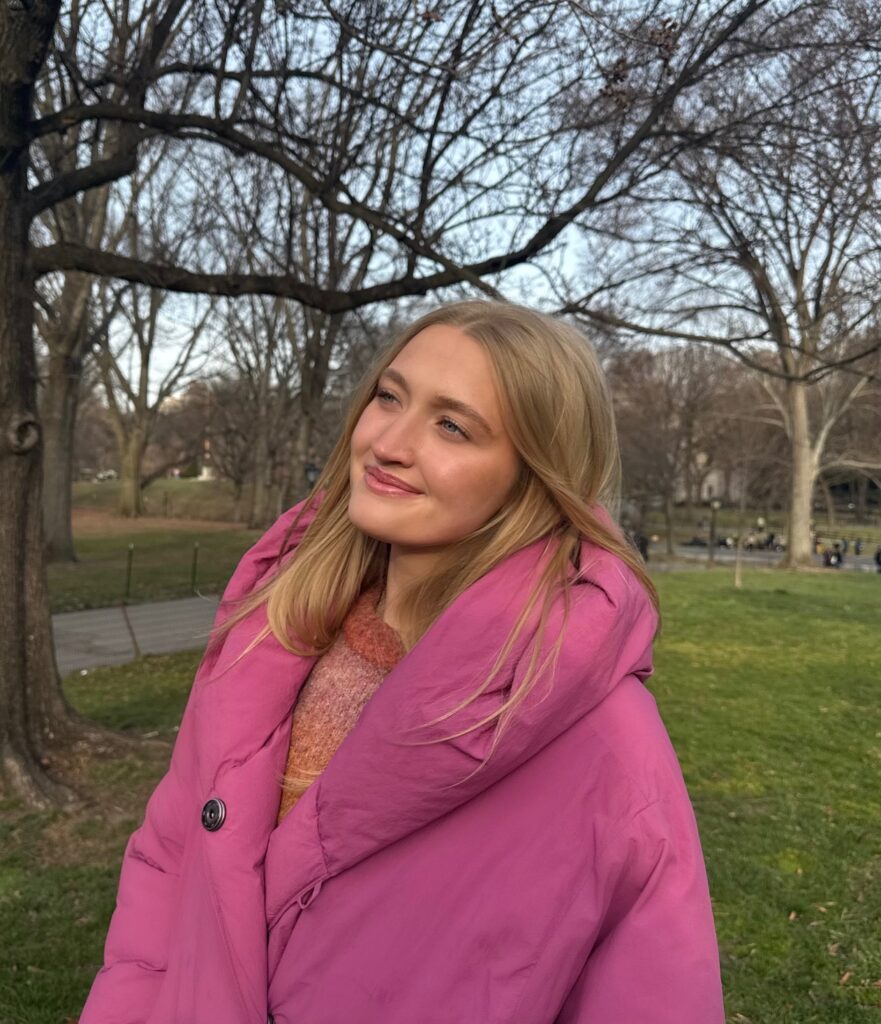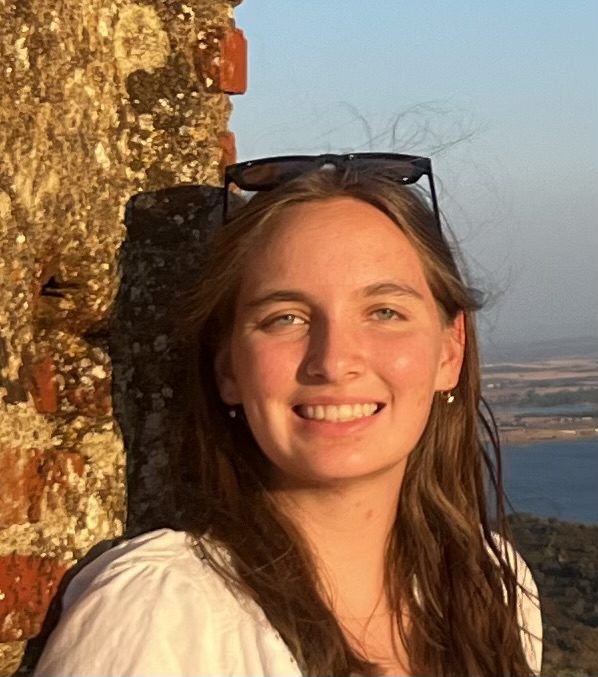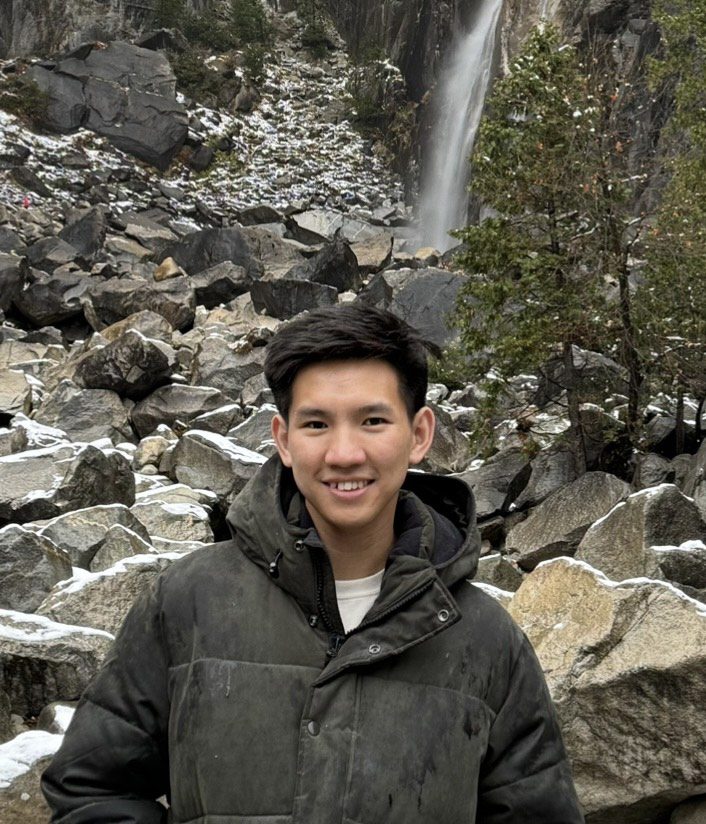Sophia Meyers

This project is focused on creating an in-depth vegetation map of the Okavango delta. My role in this involves analyzing high-resolution LiDAR products in order to delineate land features within the delta. This is done through creating algorithms and other processes of identification that can be further applied to other regions. In collaboration with the US army corp of engineers and on site researchers, this summer I will focus on ground-truthing the algorithms that have been created to identify termite mounds, as well as seeing how they can be adjusted […]
Simone Gramling

This summer, I will be continuing my research with the Global Environmental Health Solutions Lab, where I am working on a series of projects at the intersection of heat, health, and human rights in Bangladesh. I will be helping to analyze two qualitative datasets that examine how extreme heat impacts workers and pregnant people – two groups that are especially vulnerable to rising temperatures. By positioning climate change and its consequences as both a labor rights and reproductive health issue, this research aims to highlight the risks faced by marginalized […]
Quanjin(Terry) Su

Single‑cell RNA‑seq exposes the rich mix of cell states inside every patient, yet current statistics often blur true biology with technical noise. This project develops and benchmarks new methods that model both within‑patient and between‑patient variability, enabling fair cross‑cohort comparisons and more accurate links between cellular diversity and health outcomes. Over the summer we will extend our benchmark to dozens of public datasets, testing density‑based summaries such as Gaussian Mixture Models and k‑Nearest Neighbors. Our ultimate goal is a robust, open-source toolkit that clinicians and biologists can trust when studying […]
Noam Michael

As Large Language Models (LLMs) like ChatGPT become more widespread, their tendency to generate inaccurate or fabricated information has emerged as a significant concern. To reduce the risk of harmful or misleading outputs, it is critical for these models to provide well-calibrated estimates of their confidence in completing a given task. This project aims to develop a methodology for evaluating the calibration of current foundation models and identifying areas where their self-assessments are most likely to fail.
Nina Nowicki

In the lab I will be continuing analysis of human remains from a site in Puerto Rico reexamining dentition for specific indicators related to health. This is contributing to the larger project to better understand who the community that was affected by the cholera epidemic.
Nick Yunqi Zhang

Humans possess exceptional ability in representing approximate numerosity. While previous studies have established the development of numerical cognition behaviorally, the neural development of this ability remains unclear. For this reason, we use fNIRS, a child-friendly functional imaging device to measure children’s brain activation during numerical tasks.
Nathan Martins

Originally funded by the now defunct Minerva Research Initiative, my project leads me to examine the military and security institutions of foreign countries, with an emphasis on Sub-Saharan African nations. Through meticulous review of these countries’ constitutions, I seek to assess the structure and strength of their aforementioned institutions and determine the state’s capabilities to respond to violent irregular threats such as insurgent armed groups. The collected qualitative data help build a larger dataset.
Min Pyae Sone

Collinsella is a member of the human gut microbiome and plays an important role in our metabolism. It is known for its ability to metabolize fructoselysine, a Maillard reaction product commonly found in processed foods that mammals are unable to metabolize. Studies have shown that Collinsella species are abundant in the gut microbiota of patients with type II diabetes and atherosclerosis. This summer, I will be studying the Collinsella fructoselysine metabolic pathway to gain a deeper understanding of its role in host metabolism.
Kayla Yee

This research project examines how threat perception influences policymakers’ coordinated responses to global dangers. While the broader project analyzes policy preferences across several national security contexts, my work this summer will focus specifically on climate change. In addition to conducting literature reviews, I will integrate my existing climate policy coding project with a dataset of United Nations General Debate speeches. By merging these text and policy datasets, I aim to estimate the relationship between the discussion of climate change as an existential threat and the subsequent enactment of mitigation policies […]
Kate Chung

Youth experiencing homelessness are often a hidden and undercounted population. This project addresses the need for better, more inclusive population data for youth experiencing homelessness in Alameda County, as well as other jurisdictions across California. Our team utilizes the capture-recapture method and administrative data from multiple service providers to improve estimates of the population size and characteristics of youth experiencing homelessness. To support broader impact, we are also developing dissemination materials and a manual to help other communities replicate our methods with their own data.